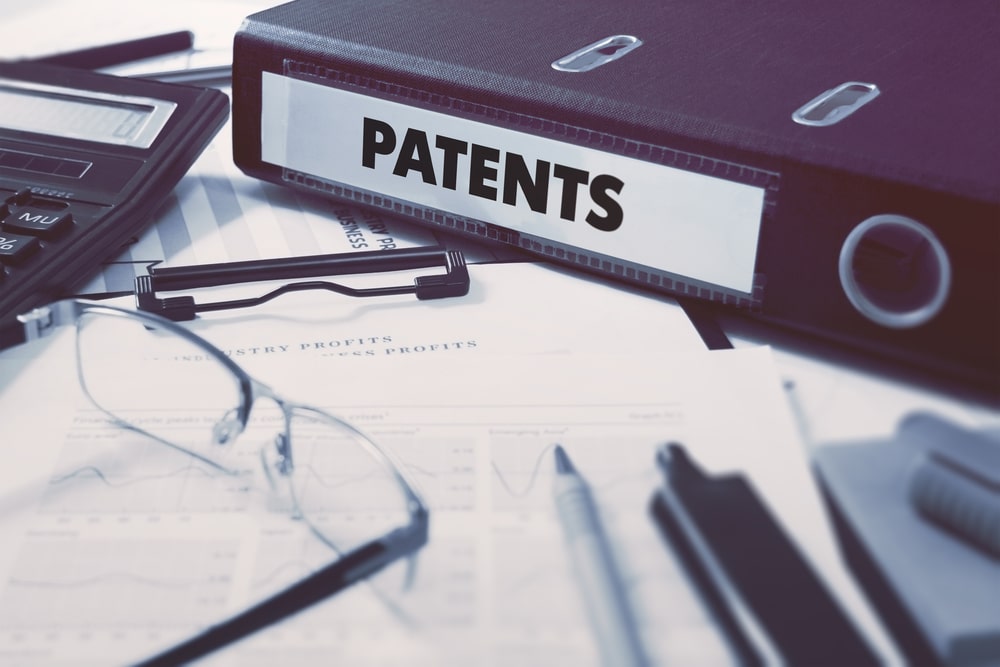Patents play a critical role in protecting innovations in the ever-evolving world of intellectual property. They provide inventors with exclusive rights to their creations, ensuring that others cannot make, use, sell, or distribute the patented invention without permission. However, not every invention qualifies for a patent. A patent lawyer can help you to understand patent eligibility criteria is essential for inventors and businesses aiming to safeguard their innovations. In this blog, we will explore the fundamental aspects of patent eligibility and provide insights into what makes an invention patentable.
The Basics Of Patent Eligibility
To qualify for a patent, an invention must meet specific criteria set forth by the United States Patent and Trademark Office (USPTO). These criteria are designed to ensure that only genuine, novel, and useful inventions receive patent protection. The three primary requirements for patent eligibility are novelty, non-obviousness, and utility.
Novelty Requirement
The novelty requirement is one of the most fundamental aspects of patent eligibility. An invention must be new and not previously disclosed to the public before the patent application is filed. This means that if an invention has been described in a prior publication, publicly used, or sold, it cannot be patented. The novelty requirement ensures that patents are granted only for truly original inventions, encouraging continuous innovation and progress.
Non-Obviousness Criterion
In addition to being novel, an invention must also be non-obvious to someone with ordinary skill in the relevant field. This means that the invention should not be an obvious improvement or modification of existing technology. The non-obviousness criterion prevents granting patents for trivial advancements, thereby maintaining a high standard of innovation. To assess non-obviousness, the USPTO examines the scope and content of prior art, the differences between the prior art and the claimed invention, and the level of skill in the pertinent field.
Utility Requirement
A specific, substantial, and credible utility is imperative in order for an invention to be patentable. This means the invention must be useful and serve a practical purpose. The utility requirement ensures that patents are not granted for abstract ideas, theories, or inventions with no real-world application. The utility must be clearly demonstrated in the patent application, providing evidence that the invention performs its intended function.
Types Of Patentable Inventions
Understanding the types of inventions that can be patented is crucial for determining patent eligibility. Generally, patentable inventions fall into four main categories: processes, machines, articles of manufacture, and compositions of matter.
- Processes: This category includes methods or procedures for achieving a particular result or performing a specific function. Examples include manufacturing processes, chemical procedures, and software algorithms.
- Machines: Patentable machines encompass devices or apparatuses with moving parts that perform a specific function. Examples range from household appliances to industrial machinery.
- Articles of Manufacture: This category covers items made by humans that do not fit into the other categories. Examples include tools, consumer products, and packaging materials.
- Compositions of Matter: This category includes chemical compounds, mixtures, and formulations. Examples range from pharmaceutical drugs to new materials with unique properties.
Exceptions To Patent Eligibility
While many inventions may seem patentable at first glance, certain exceptions exist that can disqualify them from receiving patent protection. These exceptions include laws of nature, natural phenomena, and abstract ideas. Additionally, inventions that are deemed immoral or against public policy are not eligible for patents.
- Laws of Nature and Natural Phenomena: Discoveries that pertain to natural laws or naturally occurring substances cannot be patented. For example, the discovery of a new plant species in the wild would not be eligible for patent protection.
- Abstract Ideas: Abstract concepts, mathematical formulas, and fundamental principles are not patentable. However, practical applications of these ideas that result in a concrete invention may qualify for patent protection.
- Immoral or Contrary to Public Policy: Inventions that promote illegal activities or are deemed harmful to society are not eligible for patents. This includes inventions related to gambling devices or illegal substances.
Securing Your Innovations
For anyone seeking to protect their inventions through patenting, it’s important to understand patent eligibility criteria. By ensuring that an invention meets the requirements of novelty, non-obviousness, and utility, inventors can increase their chances of obtaining patent protection. Additionally, recognizing the types of patentable inventions and the exceptions to eligibility can help inventors manage the complex patent application process more effectively. As our friends at Kaplan Law Practice, LLC discuss, consulting with a knowledgeable legal professional can provide valuable guidance and support throughout this process, ensuring that your innovations receive the protection they deserve. By adhering to these principles, inventors can secure their intellectual property and continue to contribute to the advancement of technology and society.

